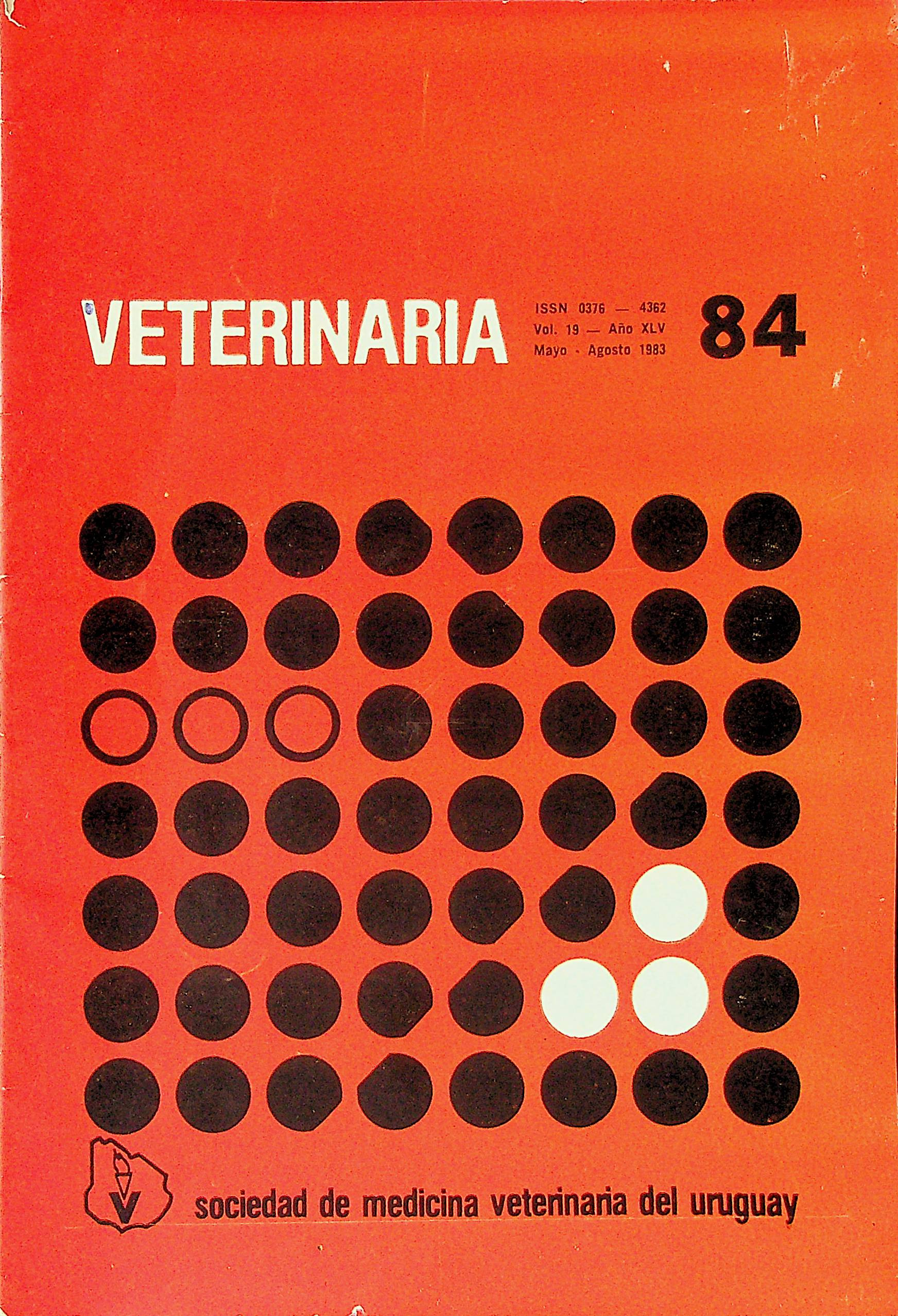Efecto de la temperatura en el desarrollo de Fasciola Hepática en su huésped intermediario Lymnaea Viatrix D'orbigny (1835)
Keywords:
Fasciola hepática, LymnaeaAbstract
An epidemiological study of Fasciola hepática infection on its intermediate host Lymnaea viatrix was carried out in Uruguay (30° - 35° Lt. S) over a period of 3 years.
Groups of 20 snails were infected monthly and exposed to local temperatures conditions until infection maturity.
It was concluded that neither winter nor summer temperatures interrupted the life cycle of F. hepatica in the snail.
Over winter snails were observed to give rise cercaries with a maximum of 4.8 months and it was tendency of a synchronous cerearies emergence at the begining of spring.
Provided humidity conditions were constant, summer temperatures had an important influence on the rate of development of the parasite. Emergence of cercaries was possible in 37 days with average weekly maximum temperatures over 27° C.
The significance of periods of drought during summer is discussed in relation to natural field conditions.
Downloads
Metrics
Downloads
Published
How to Cite
Issue
Section
License
Copyright (c) 1983 Sociedad de Medicina Veterinaria del Uruguay

This work is licensed under a Creative Commons Attribution-NonCommercial 4.0 International License.











